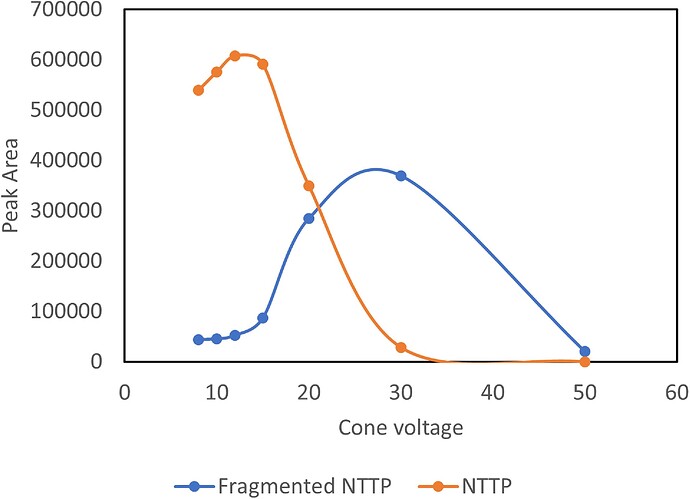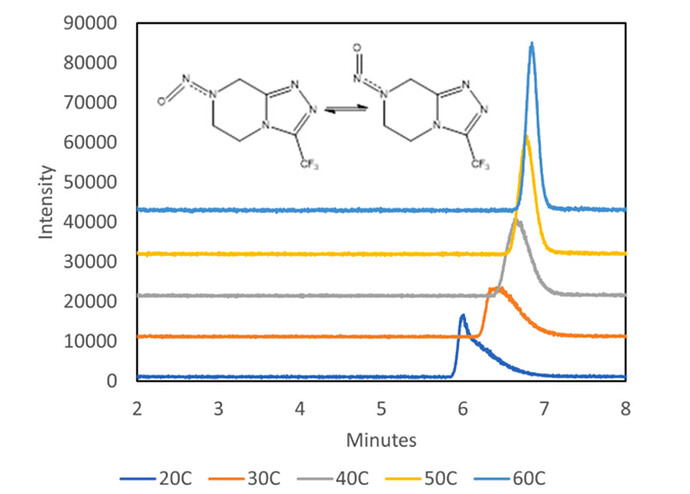I’d like to draw your attention to this short communication titled:

The authors start by highlighting a key point: while LC-MS has proven to be extremely valuable for analyzing NDSRIs, methods that rely on high-resolution mass spectrometry (HRMS) or tandem mass spectrometry (MS/MS) often aren’t practical for everyday use in supply labs. The reasons for this are numerous: high equipment costs, frequent maintenance needs, inconsistent performance, and the extensive training required for analysts.
On the other hand, using LC in combination with a single quadrupole presents a more cost-effective option. These systems can usually be integrated with existing chromatography data systems already in use in labs, significantly reducing the time and effort needed to implement new methods in a GMP environment—a definite advantage.
However, the authors also point out some challenges. Although single quadrupole analyzers may not match the sensitivity and specificity of HRMS, optimizing LC is crucial for achieving the low detection limits needed.
They discuss their development of an LC-MS method for analyzing 7-nitroso-3-(trifluoromethyl)-5,6,7,8-tetrahydro-[1,2,4]triazolo[4,3-a]pyrazine (NTTP), a related impurity of sitagliptin.
One significant challenge with nitrosamines is their tendency for in-source fragmentation during ionization, which can negatively impact method sensitivity. To tackle this issue, the authors fine-tuned various mass spectrometry parameters, particularly focusing on the cone voltage, which plays a crucial role in fragmentation. They found that setting the cone voltage to 10 V minimized fragmentation, while adjusting the capillary voltage and probe temperature improved the response for NTTP.
HRMS provides accurate mass measurements that help eliminate interference peaks and reduce noise, enhancing specificity. Additionally, tandem MS can further increase specificity by taking advantage of the different fragmentation patterns of nitrosamines and potential interferences.
For smaller nitrosamines like NDMA, single quadrupole systems might struggle due to high background noise and weak retention in RPLC. In these cases, GC with nitrogen-phosphorus detection has proven to be an alternative.
Another common issue when analyzing NDSRIs is peak broadening, particularly with asymmetric nitrosamines due to restricted rotation around the N–N bond. This results in a dynamic equilibrium of E- and Z- isomers, which can affect both sensitivity and accuracy. To address this, the article suggests that raising the column temperature can reduce peak width and improve sensitivity by allowing faster equilibration between isomers.
These are some points I highlighted, and I’d like to hear if anyone has other insights or takeaways from them!

